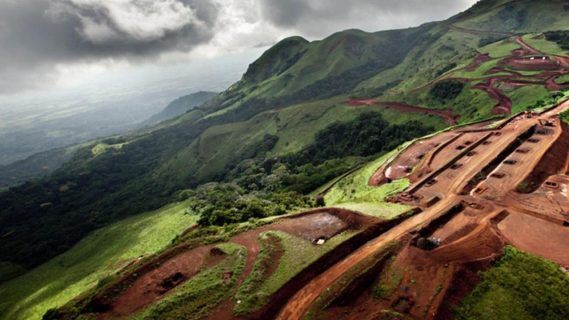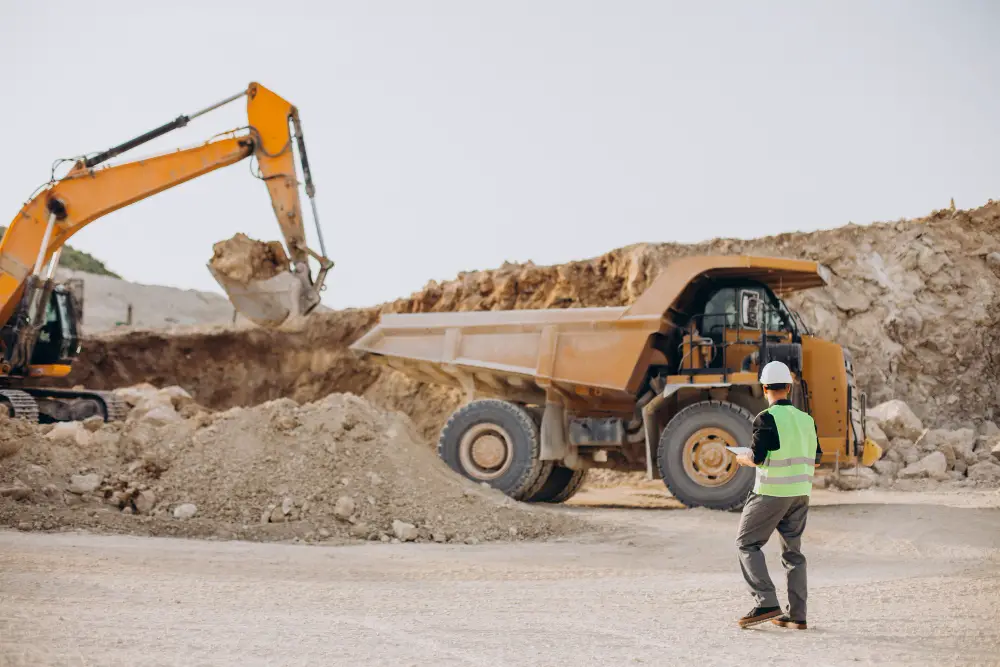Rio Tinto‘s world’s biggest mining project finally seems ready to get off the ground. After nearly three decades of false starts and setbacks, 2024 may finally see one of the world’s most aspirational mining projects begin. Rio Tinto first set sights on Guinea’s Simandou mountain range in 1997. They obtained an exploration permit for its rich iron ore deposits. Since then, the venture has endured a stormy series of obstacles.
Alongside political instability and supposed corruption, Rio Tinto itself suffered internal chaos, circulating six CEOs in the interim. At times, the $20 billion project involving not only an iron ore mine but also a 552 km railway and Atlantic coast port seemed fated to fail. A 2016 attempt to fully sell off from Simandou eventually collapsed. Yet today, Rio Tinto seems composed to take the lead on developing the remote region.
Rio Tinto’s World’s Biggest Project Infrastructure Development
While Rio Tinto still holds its original Simandou mining agreement, additional land rights have been divided between various participants. The organization now works along side the Government of Guinea, five major Chinese companies, and Singaporean commodity trader. Winning International to develop $20 billion worth of infrastructure. This includes two separate iron ore mines, a 550 km trans-Guinea railway, and a new deep-water port.
With contract agreements aligning over recent years, all parties anxiously await final approval from Beijing to escalate construction efforts and set the immense project in motion. Chinese authorities need to approve on outgoing investments by Chinalco and other state-run businesses. Hence, Rio Tinto’s world’s biggest project expects to begin on mine construction and ship the first ore loads by 2025. If all goes as planned, the multi-billion dollar Simandou complex could be operating at full capacity by 2028. Thus, handling upwards of 60 million metric tons of high-grade iron ore each year. That being about 5% of total universal seaborne trade in iron ore.
Rio Tinto’s Move Forward on Simandou After Years of Inactivity
What influences Rio Tinto and others to move forward now after so many unproductive years? Two key elements standout. Firstly, Simandou’s high-quality iron ore could aid steelmakers like Baowu and Chinalco. Through alternative processing methods they could control emissions from blast furnaces. Additionally, developing the unexplored resources could help China in expanding its supply chains against future interruptions. Top leader Bold Baatar suggests Simandou provides a pattern for the complex. Joint projects required to meet both decarbonizing and material security needs in the years ahead.
With a standard iron content over 65%, the site’s ores number among the world’s finest in quality. Such refined ore helps facilitate alternative steel production methods independent from carbon-spewing coke and coal.

Conclusion
After enduring countless curves, the Simandou project may yet evolve into a cornerstone of sustainable industry. But with so many unstable factors at play – unrest in Guinea, approval from Beijing not guaranteed – Rio Tinto’s world’s biggest project likely still faces challenges. One thing is clear though: should Simandou finally ignite to full capacity, it will greatly transform the global iron ore landscape for years to come. It could provide a framework for the world’s next generation of large-scale, green-focused mining partnerships.
Also Read: $56 Million Transmission Substation Contract Paves Way For Nesma To Install Power Grids
Also Read: Top 5 Current Lithium projects Across Africa
Also Read: Menengai Geothermal Power Project in Kenya Breaks Ground

